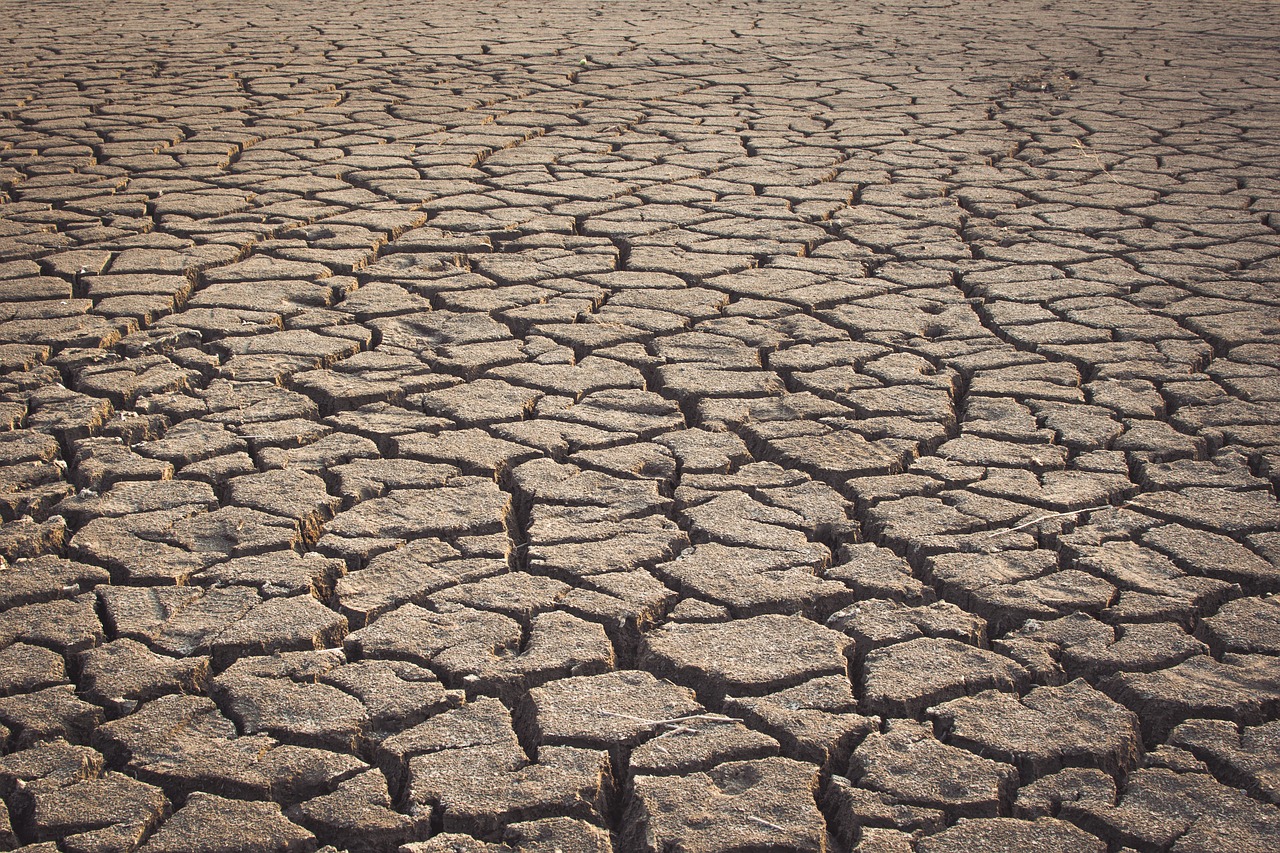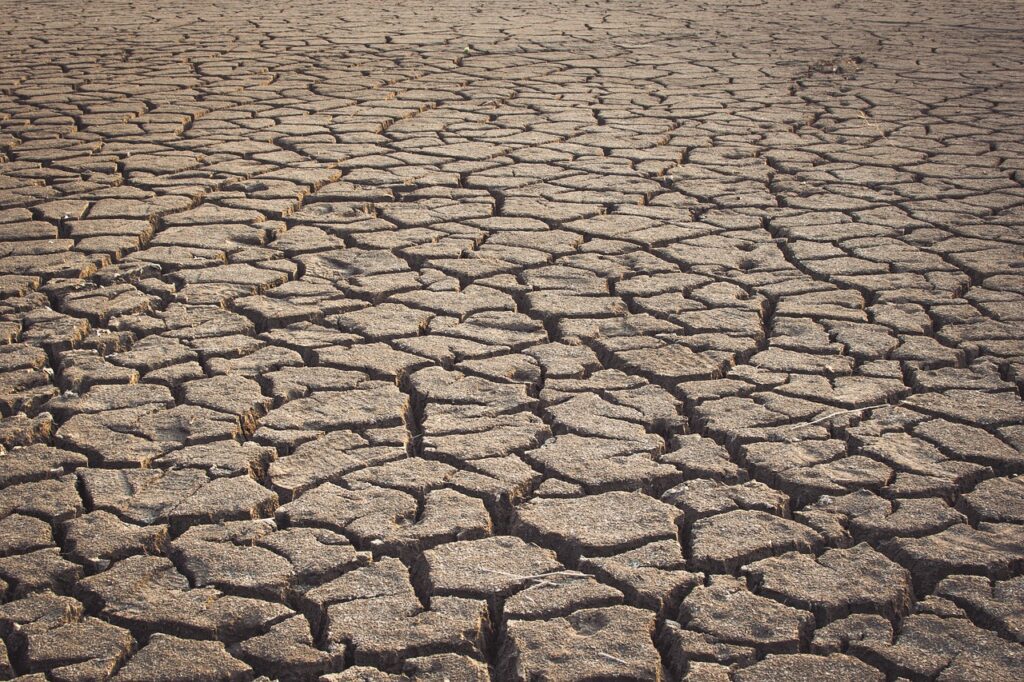
Image: Pixabay
According to the latest climate and crop monitoring bulletin, on June 29, a weather phenomenon known as “Derecho” hit some of the areas most affected by the drought, including central Illinois, further damaging crops that were already suffering from the lack of rain. The windstorm, which originated in the central Plains, moved through southern Iowa, northern Missouri, central Illinois and central and southern Indiana. Widespread wind gusts ranged from 60 to 100 mph (about 97 to 161 km/h).
{module Form RD}
What is a Derecho?
A “Derecho” is a weather event characterized by a line of thunderstorms or intense rain associated with very strong and usually fast winds.
However, the storms associated with the Derecho brought moisture recovery in the soil, with rainy weather extending into the following days during the second half of the week. In fact, drought-relieving rains totaling between 1 and 3 inches (25 to 76 mm) or more from the Central Plains to the Ohio Valley just as earlier-planted corn and soybeans were entering the reproductive phase of development.
On the other hand, the hot and dry climate expanded from the southern Plains to the Southeast, causing stress on summer crops in the reproductive phase. However, soil moisture in the south was generally adequate before the hot spell, which helped limit impacts on crops. Hot and humid conditions were also stressful for livestock in the south of the country. Elsewhere, persistent rain in the west has been replaced by hotter, drier weather, with several wildfires in the southwest being seen due to the increasing heat. By early July, the Pass Fire in southwestern New Mexico had consumed nearly 60,000 acres (24,281 hectares) of forests and grasslands.
Overall, temperatures across the country were near or above average, with the exception of an area stretching from central and southern California to the Central Plains. Even within this colder-than-normal region, temperatures began to rise towards the end of the week. In several areas, weekly temperatures were at least 2.8°C above average, particularly in the northwest and south-central US. Despite a late week cooldown, an area of extreme heat persists across most of Texas and southern New Mexico.
DROUGHT MONITOR
The drought monitor presents data until June 27th, this being the most recent monitoring. Therefore, it does not understand the rains caused by the Derecho on June 29th. In this monitoring, there are still signs of drought mainly in Kansas and Nebraska.
These varying weather conditions have significant impacts on U.S. crops. It is important that Brazilian producers are aware of these circumstances to adjust their management strategies and be prepared for possible repercussions on agricultural markets. Regularly monitoring weather updates and crop conditions in the US can provide valuable information to guide production and crop management decisions.
Source: Aline Merladete | agrolink
{module Read Also}
















